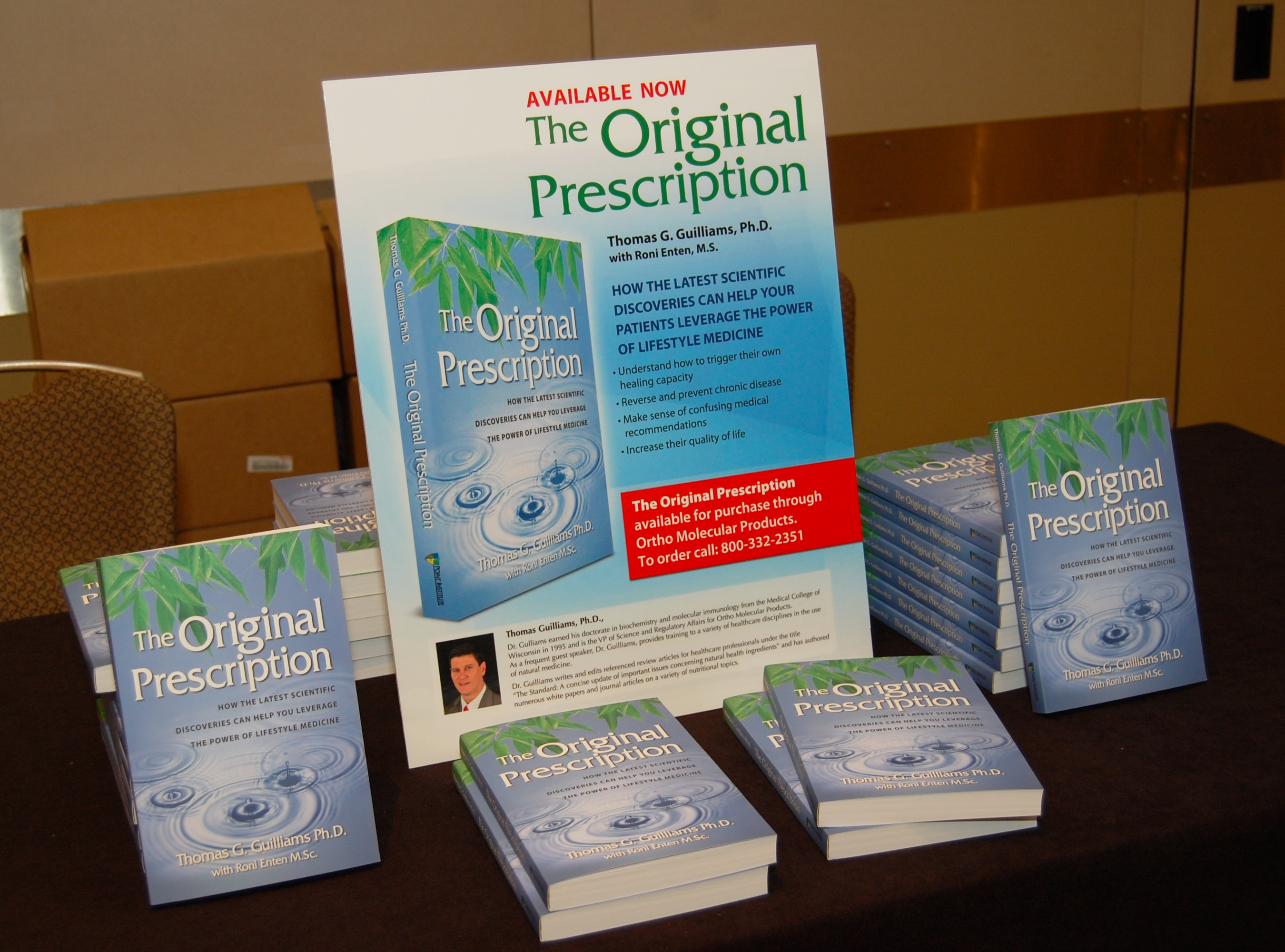November is Diabetes Awareness Month and there are some interesting facts you might want to be aware of. According to the latest data released by the CDC, diabetes rates have been increasing at an alarming rate over the past two decades; but not to worry; over 200 new drugs are currently in the pipeline to save us. If you didn’t detect my sarcasm, let me be clear: these two ”unrelated” pieces of information show that we still have much more to be aware of before we can make any headway in our current diabetes crisis.
The CDC released data this month that shows that the number of diagnosed cases of diabetes between 1995 and 2010 grew by 50% or more in 42 states (in the US), and by 100% or more in 18 states. States with the largest increases over the 16-year period were Oklahoma, up 226%; Kentucky, up 158%; Georgia, up 145%; Alabama, up 140%, Washington, up 135%, and West Virginia, up 131%.
And our “hope” to slow this colossal devastation of our health and healthcare system? More drugs, of course. According to the Pharmaceutical Research and Manufacturers of America (PhRMA) there are no less than 221 drugs in clinical trials or in the process of FDA approval for diabetes (Type 1, type 2, or diabetes complications) [See News Report here]. Billions of dollars will be spent so a few of these can make it to market; and if I can make a prediction, 10 years from now the diabetes rates will continue to increase and many of these drugs will have been approved and recalled by FDA due to their sides effects. (I can’t help from thinking that the rampant use of statin drugs in the past decade has played a significant role in driving the diabetes numbers in the previous story- but I digress)
While it is agreed upon by most researchers that 70-80% of the cases of diabetes (Type 2) are preventable with lifestyle prevention/intervention; the vast majority of research dollars are still spent on finding solutions which avoid this solution! This is the type of “awareness” that is desperately needed if we are truly to reverse this, and most of the chronic diseases that are plaguing us today- and also the reason I wrote the Original Prescription in the first place. Our solutions must address the root cause if we hope to change the numbers the CDC reports a decade from now.




